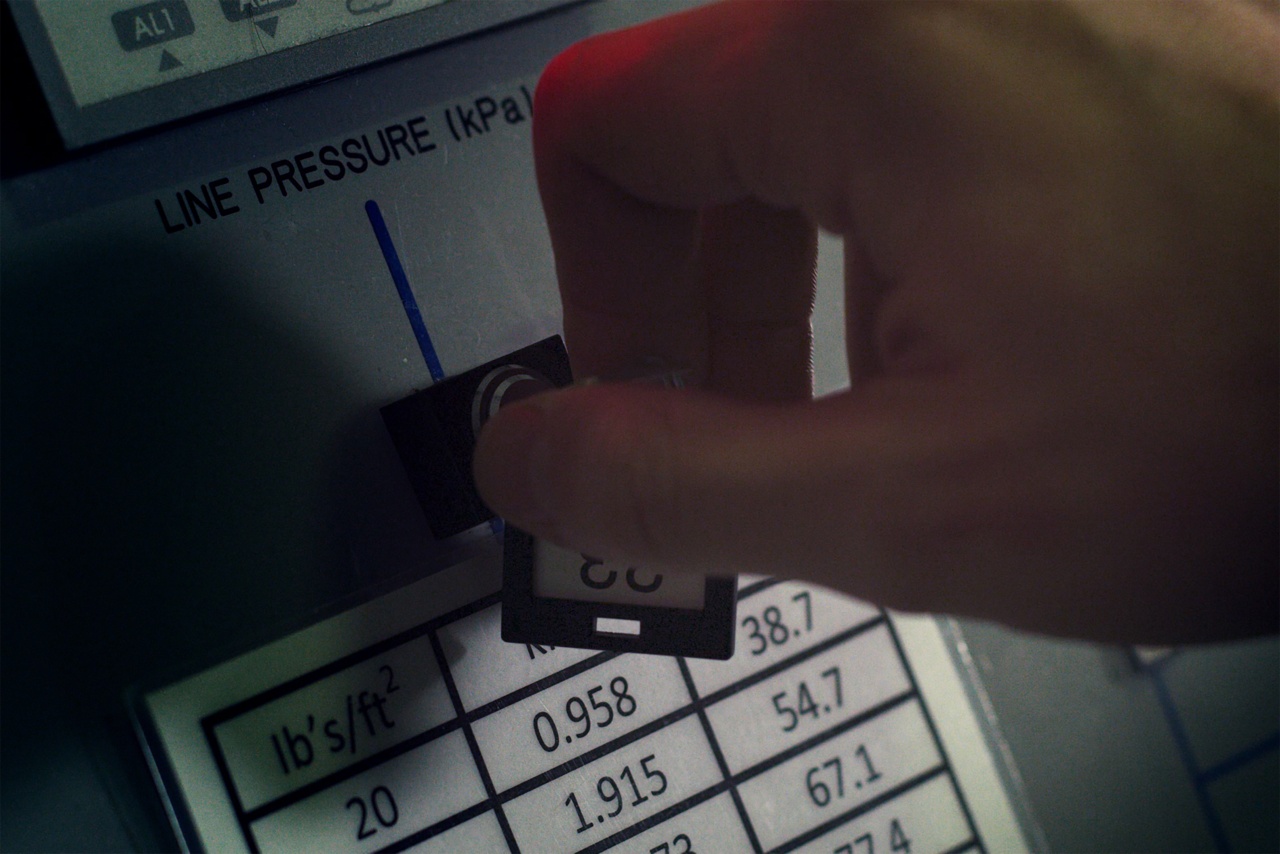The concept of pressure is of utmost importance in various fields of engineering and science.
It plays a critical role in understanding and predicting the behavior of fluids and solids, and its applications range from fundamental research to the design and operation of complex systems. In this article, we will explore the significance of pressure in the world of engineering and science, discussing its definition, measurement techniques, and its impact on different areas of study.
What is Pressure?
Pressure, in simple terms, is defined as the force exerted by a fluid or gas per unit area. It is a fundamental concept that arises from the collisions of particles and the transfer of momentum in a substance.
Pressure can be experienced and measured in both liquids and gases and is typically expressed in units such as pascals (Pa) or pounds per square inch (psi).
Measuring Pressure
Accurate measurement of pressure is crucial in understanding physical phenomena and ensuring the safety and performance of engineering systems.
Several techniques are employed for pressure measurement, depending on the range and purpose of the application.
One common method for measuring pressure is using a manometer, which determines the pressure difference by balancing the fluid column’s height against a reference column.
This technique is widely used in applications where low to moderate pressure differences need to be measured, such as in laboratory experiments or residential gas supply systems.
For higher pressure ranges, mechanical gauges are used. These gauges typically contain a diaphragm or a bourdon tube, which deforms under pressure and translates the force into a readable measurement.
Mechanical gauges are widely utilized in industries such as manufacturing, process control, and automotive engineering.
In recent years, electronic pressure transducers have gained popularity due to their accuracy and ease of integration with digital systems.
These transducers measure pressure using various principles such as piezoresistivity or capacitive sensing and convert the pressure into an electrical signal for processing and analysis. Electronic transducers find applications in aerospace engineering, robotics, and many other high-tech fields.
Pressure and Fluid Mechanics
Fluid mechanics is a branch of science that deals with the behavior of fluids, including liquids and gases, under the influence of forces and pressure.
Pressure plays a central role in understanding and predicting fluid flow, and several fundamental concepts are based on its principles.
One such concept is Bernoulli’s equation, which describes the relationship between velocity, pressure, and elevation in a flowing fluid.
According to Bernoulli’s equation, as the speed of a fluid increases, its pressure decreases, and vice versa. This principle finds applications in designing aircraft wings, optimizing pipelines, and even understanding blood flow in the human body.
Another important application of pressure in fluid mechanics is hydrostatic pressure. Hydrostatic pressure is the pressure exerted by a fluid at rest due to the force of gravity.
The pressure increases with depth, following a well-defined relationship known as Pascal’s law. This phenomenon is crucial in analyzing the stability of dams, designing underwater structures, and predicting the behavior of submarine vessels.
Pressure in Material Science and Solid Mechanics
In addition to its significance in fluid mechanics, pressure also plays a critical role in the field of material science and solid mechanics.
The behavior of materials under pressure is of great interest when designing structures that can withstand external forces or when studying the mechanical properties of materials.
Materials can exhibit different responses under pressure, depending on their composition and structure. Some materials, like metals,, tend to deform elastically under low pressure, meaning they regain their original shape once the pressure is released.
However, beyond a certain pressure threshold, known as the yield strength, these materials can undergo plastic deformation, resulting in permanent changes in shape.
Other materials, such as ceramics, have higher stiffness and can withstand larger pressure variations before failure, but they are more brittle and prone to fracture.
Understanding these material behavior under pressure is vital for designing structural components, such as bridges, aircraft, and even electronic devices.
High-Pressure Effects and Applications
The study of high-pressure effects is a specialized field within engineering and science that focuses on understanding the behavior of materials and substances under extreme pressure conditions.
High pressure can induce unique phenomena and transformations, leading to the discovery of novel materials and properties.
One notable area of high-pressure research is the study of phase transitions. Phase transitions occur when a substance undergoes a change in its structure or properties due to the applied pressure.
For example, under high pressure, some materials can transition from being insulating to becoming superconducting, which has immense technological implications in fields such as energy transmission and storage.
Another intriguing application of high-pressure engineering is in the field of diamond synthesis. Diamonds, typically formed under high pressure deep within the Earth, can now be synthesized in laboratories using high-pressure equipment.
This breakthrough has revolutionized various industries, including gemstone production, precision cutting tools, and material science research.
Furthermore, high-pressure systems are used in Earth sciences to mimic extreme conditions found within the Earth’s core, allowing scientists to study the behavior and properties of materials under those circumstances.
These studies have contributed significantly to our understanding of planetary formation, geophysics, and the composition of distant planets and moons.
Pressure and Safety Engineering
The role of pressure in engineering extends beyond the theoretical aspects of fluid mechanics and material science. It also plays a crucial role in ensuring the safety and reliability of various engineering systems.
For instance, pressure vessels used in industries contain fluids or gases under high pressure.
The design and construction of these vessels require careful consideration of the maximum allowable pressure, ensuring they can withstand the internal forces without any catastrophic failures. Compliance with pressure vessel codes and standards is vital to prevent accidents and protect both human life and the environment.
Pressure sensors and alarms are widely employed in engineering systems to detect abnormal pressure levels. These safety measures help prevent mechanical failures, leakage, or ruptures that could lead to dangerous situations or system malfunctions.
Pressure relief valves, for example, are crucial in controlling the pressure within hydraulic systems, preventing equipment damage and potential hazards.
The Future of Pressure Engineering
The study and utilization of pressure in engineering and science have come a long way, from the ancient principles laid down by Blaise Pascal and Daniel Bernoulli to the advanced techniques and applications we see today.
As technology continues to advance, there is an ever-increasing need for precise and reliable pressure measurement and control.
With developments in nanotechnology and material science, researchers are exploring exotic materials that exhibit unique properties under pressure, promising breakthroughs in fields such as energy storage, quantum computing, and biotechnology.
Furthermore, advancements in computational modeling and simulation techniques allow engineers to simulate and optimize complex pressure-driven systems, leading to more efficient designs and reduced costs.
As we venture into the realms of space exploration and deeper understanding of our planet, pressure engineering will continue to play a pivotal role in ensuring the success and safety of scientific endeavors.
From designing spacesuits capable of withstanding extreme pressure differentials to analyzing the potential habitability of exoplanets, pressure will remain an indispensable aspect of our exploration and understanding of the universe.

























